Art Basel (16–19 June) is like a whale surrounded by a shoal of adoring fish. The vast modern and contemporary art fair is adjoined by sister event, Design Miami/Basel, within the city’s Messeplatz – an affluent bubble of Ruinart champagne and on-trend culottes. Satellite events across the city, such as the smaller Liste and VOLTA12 art fairs, and myriad exhibitions, events and parties make for a heady mix.
Sales reports are often to be taken with a pinch of salt, since galleries choose what and what not to announce and many apparently early headline sales are engineered before the fair. Nevertheless, early sales were said to be strong this year, not a given in the current unsteady and selective market, and included $4.75m paid for Paul McCarthy’s Tomato Head (Green) (1994), shown by Hauser & Wirth in the impressive Unlimited section of the fair. Also sold in Unlimited was Mike Kelley’s Reconstructed History (1989), for $1.5m by Skarstedt and, in the main fair, Alina Szapocznikow’s Illuminowana [L’Illuminée] [Illuminated Woman] (1966–67) by Andrea Rosen for €1.9 million.
Politics at the fair | Global director Spiegler opened the fair’s press conference by acknowledging that the show ‘takes place within a much more dynamic moment’ than last year’s edition. He pointed to the imminent US elections and EU referendums, along with mass migration within Europe, concluding that ‘My experience tells me that these kinds of times, these interesting kinds of times, generate a much stronger type of art’.
There was much politically engaged art on display, and themes of migration and border walls, in particular, recurred in many of the contemporary works. In the Unlimited section, Canon (2015) by Hong Kong artist Samson Young pumped out birdsong from a Long Range Acoustic Device (LRAD), normally used to disperse protestors, in a work that engages with migration from Vietnam and mainland China to Hong Kong. Meanwhile new exhibitor Pace/MacGill fronted their stand with Richard Misrach’s eerie photograph Wall, Near Los Indios, Texas (2015), commenting on the controversial Mexico–United States border wall project. Olafur Eliasson’s Green light, a Vienna-based art workshop that aims welcome refugees from countries such as Iraq and Syria and celebrate the political agency of contemporary art, comes to the Messeplatz on 18–19 June, with 300 symbolic green lamps displayed in a wooden building by Oscar Tuazon on the square. They are for sale, priced at CHF350 – money that will go towards projects helping refugees.
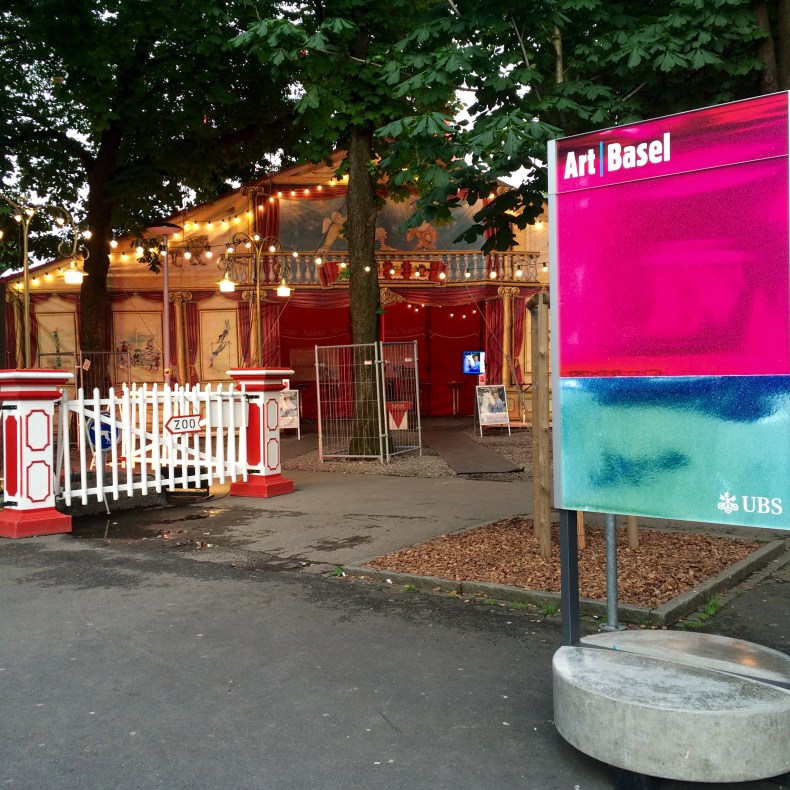
Photo: the author
Global domination? | The irony that a circus is set up next to the fair on the Messeplatz is not lost: Art Basel takes over the city each June, and with it come an international band of collectors, curators and artists. No wonder Art Basel Cities, an initiative launched in March to support cities in developing cultural events, has received such interest. But journalists hoping for news of where Art Basel may be sprinkling its gloss first were disappointed, as Spiegler told them that ‘it’s not something that’s done overnight, so don’t expect an announcement about that today’. Speaking to Apollo, he said ‘We are in conversation with a number of potential partner cities, and have some strong leads which we continue to pursue’ and that an announcement would be made as soon as possible.
The organisation is adamant that Art Basel Cities will not include establishing more commercial fairs. However, there has been some confusion with a different project announced recently by Art Basel’s parent company, MCH Group, which is looking to collaborate with other fairs worldwide but specifically not under the Art Basel brand. Although MCH is, according to a recent statement, ‘in discussion with a number of potential partners’ including SME London and Angus Montgomery, who between them run fairs across Europe, Asia, Africa and the Middle East including Art16 (London), India Art Fair and Art International (Istanbul), it is also ‘yet to conclude a deal’ with any partner.
The Measure of the market | Clare McAndrew has been tempted away from TEFAF Maastricht, with whom she has worked since 2000, to collaborate with Art Basel and UBS on a new art market report. The first of these will be published in 2017, and while not giving specifics Spiegler said it ‘will be significantly different, in terms of its look and its content’. Art Basel is of course a modern and contemporary art fair, and McAndrew’s work with TEFAF spanned the whole art and antiques market. So will pre-modern art and antiques be dropped? The new report, said Spiegler, will be a ‘continuation of Clare’s previous research and data with a clear focus on the global art market […] While we have had initial conversations, we are looking forward to sitting down with Clare and UBS to detail what the key aspects of this report are that we want to drill into.’
With private sales so strong these days, can such reports say anything accurate and meaningful? Spiegler thinks so, as they provide ‘vital clues and information on developments’ within the art world. ‘There will be areas where the access to certain data will be more difficult, and together with Clare we will decide how we deal with that’ he said, adding that, ‘We are very lucky to have UBS as a partner for this project who have high levels of access to a very interesting target group as well as highly valuable expertise in global economics.’ Meanwhile, TEFAF chief executive Patrick van Maris said that the fair will continue to publish a report every year and ‘is committed to funding high quality research’. More details to come in September when TEFAF unveil their future strategy.
Visit the Magazines section of Art Basel to pick up a copy of the June issue of Apollo.
Unlimited access from just $16 every 3 months
Subscribe to get unlimited and exclusive access to the top art stories, interviews and exhibition reviews.

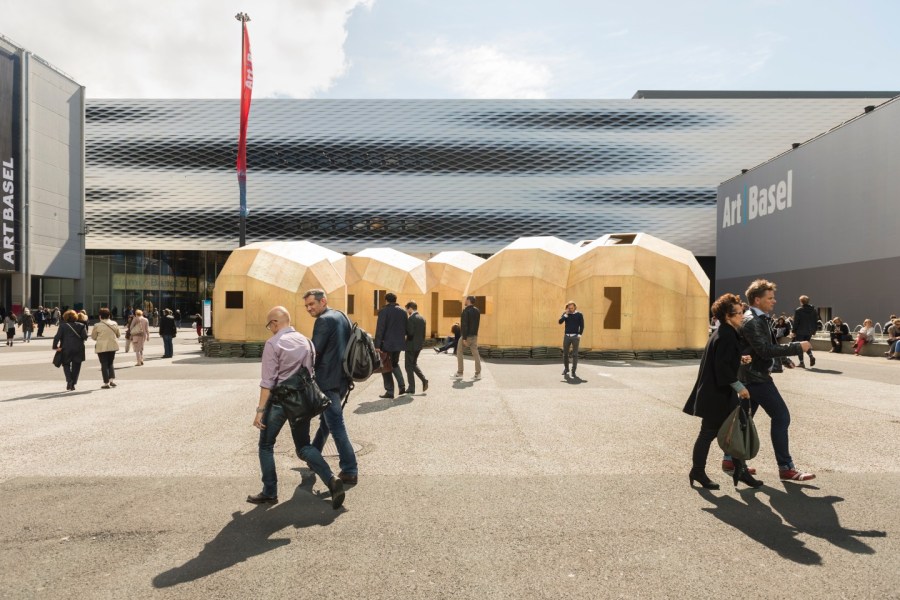
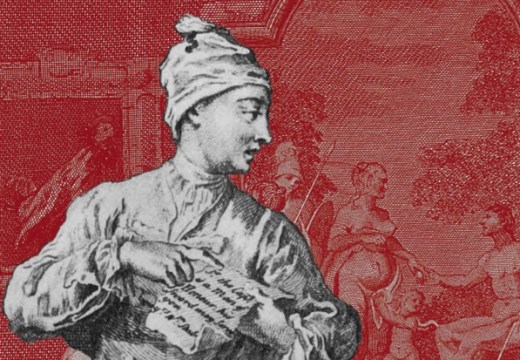
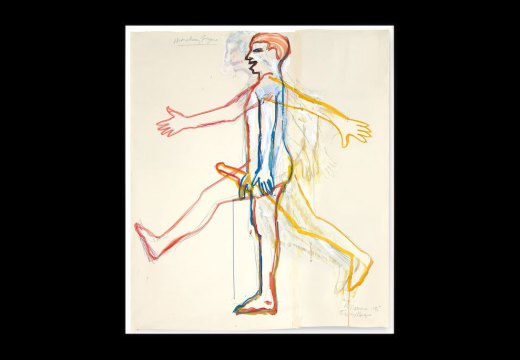
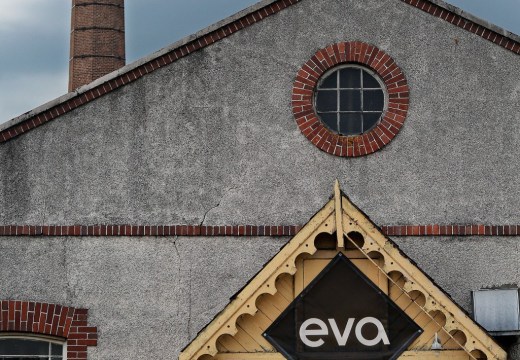









![Masterpiece [Re]discovery 2022. Photo: Ben Fisher Photography, courtesy of Masterpiece London](http://www.apollo-magazine.com/wp-content/uploads/2022/07/MPL2022_4263.jpg)
It’s time for the government of London to return to its rightful home